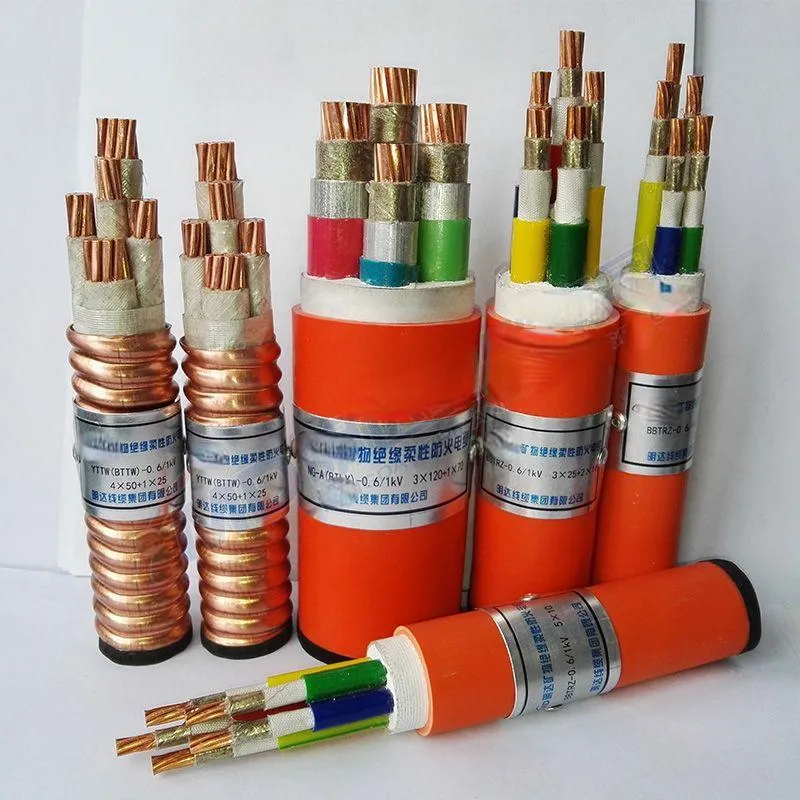10 月 . 17, 2024 12:09 Back to list
Low Pressure Check Valve for Efficient Fluid Control and Reliable System Performance
Understanding Low Pressure Check Valves A Comprehensive Guide
In the world of fluid dynamics and engineering, check valves play a critical role in maintaining the efficiency and functionality of various systems. One specific type of check valve, known as the low pressure check valve, is designed to operate within low pressure environments, preventing backflow and ensuring a smooth flow of fluids. This article delves into the purpose, design, and applications of low pressure check valves while highlighting their importance in various industries.
What is a Low Pressure Check Valve?
A low pressure check valve is a one-way valve that allows fluid to flow in only one direction. Its primary function is to prevent reverse flow within a system, which can lead to inefficiencies, safety hazards, and equipment damage. These valves are essential in applications where maintaining a consistent flow direction is crucial for operational integrity.
Design and Mechanism
The design of a low pressure check valve is relatively simple yet effective. Typically constructed from materials like plastic, brass, or stainless steel, these valves incorporate a disk or ball that responds to the pressure of the fluid. When the fluid flows in the designated forward direction, the valve opens, allowing smooth passage. Conversely, if the flow attempts to reverse, the pressure causes the disk or ball to seat tightly against the valve body, effectively blocking the backward movement of fluid.
One important aspect of low pressure check valves is their operating pressure range. Generally, these valves are designed to handle pressures below 150 psi (pounds per square inch). Their low pressure capability makes them ideal for applications where higher pressure ratings are not necessary, providing cost-effective solutions without compromising performance.
Applications of Low Pressure Check Valves
Low pressure check valves are versatile components used in a variety of industries and applications, including but not limited to
low pressure check valve

1. Water Treatment Systems In municipal water treatment facilities, low pressure check valves are employed to manage the flow of water and prevent contamination. They ensure that treated water does not flow back into the system, protecting the integrity of the treatment process.
2. Aquarium and Fish Farming In aquaculture, maintaining proper water circulation is vital. Low pressure check valves help to regulate water flow in filtration systems, ensuring that clean, oxygenated water is supplied to fish tanks while preventing backflow that might introduce contaminants.
3. Irrigation Systems Agricultural applications benefit significantly from low pressure check valves. They are utilized in irrigation systems to maintain consistent water flow and prevent backflow that can disrupt irrigation schedules and water distribution.
4. HVAC Systems In heating, ventilation, and air conditioning (HVAC) systems, low pressure check valves prevent backflow of refrigerants and ensure that the heating or cooling processes function smoothly and efficiently.
Importance of Low Pressure Check Valves
The significance of low pressure check valves extends beyond mere fluid control. Their role is paramount in enhancing system reliability and safety. By preventing reverse flow, these valves reduce the risk of system failures, leaks, and contamination. Additionally, they contribute to energy efficiency by ensuring that pumps and other components do not have to work harder against backpressure, ultimately lowering operational costs.
Moreover, the installation of low pressure check valves is typically straightforward, enhancing their appeal in various applications. Routine maintenance is also manageable, making them a practical choice for both industrial and residential settings.
Conclusion
In conclusion, low pressure check valves are integral components in numerous fluid systems across different industries. Their ability to maintain unidirectional flow and prevent backflow not only enhances system performance but also contributes to safety and efficiency. As industries continue to evolve and prioritize effective fluid management, the role of low pressure check valves will remain vital in ensuring operational success. Understanding their functions and applications is essential for engineers, operators, and anyone involved in fluid dynamics to maximize efficiency and mitigate risks within their systems.
Share
-
Understanding the Differences Between Wafer Type Butterfly Valve and Lugged Butterfly ValveNewsOct.25,2024
-
The Efficiency of Wafer Type Butterfly Valve and Lugged Butterfly ValveNewsOct.25,2024
-
The Ultimate Guide to Industrial Swing Check Valve: Performance, Installation, and MaintenanceNewsOct.25,2024
-
Superior Performance with Industrial Swing Check Valve: The Essential Valve for Any SystemNewsOct.25,2024
-
Industrial Swing Check Valve: The Ideal Solution for Flow ControlNewsOct.25,2024
-
You Need to Know About Industrial Swing Check Valve: Functionality, Scope, and PerformanceNewsOct.25,2024